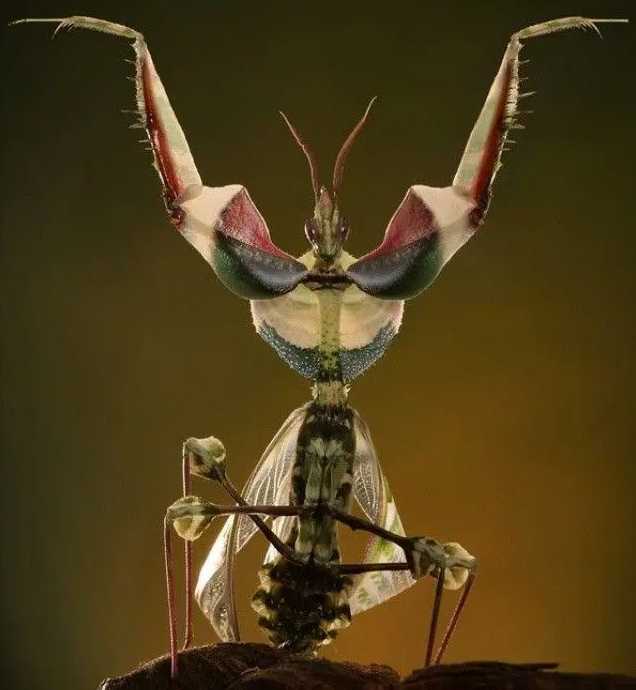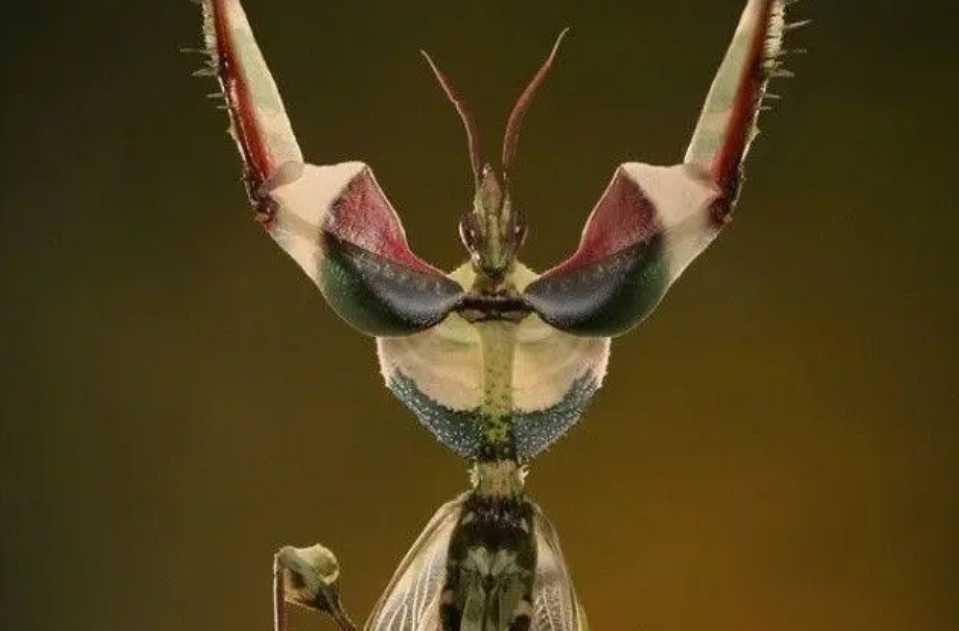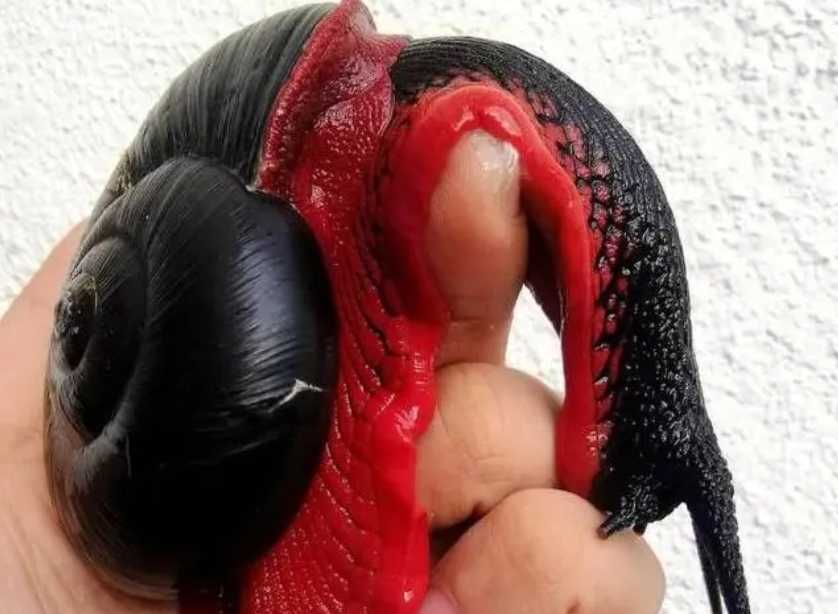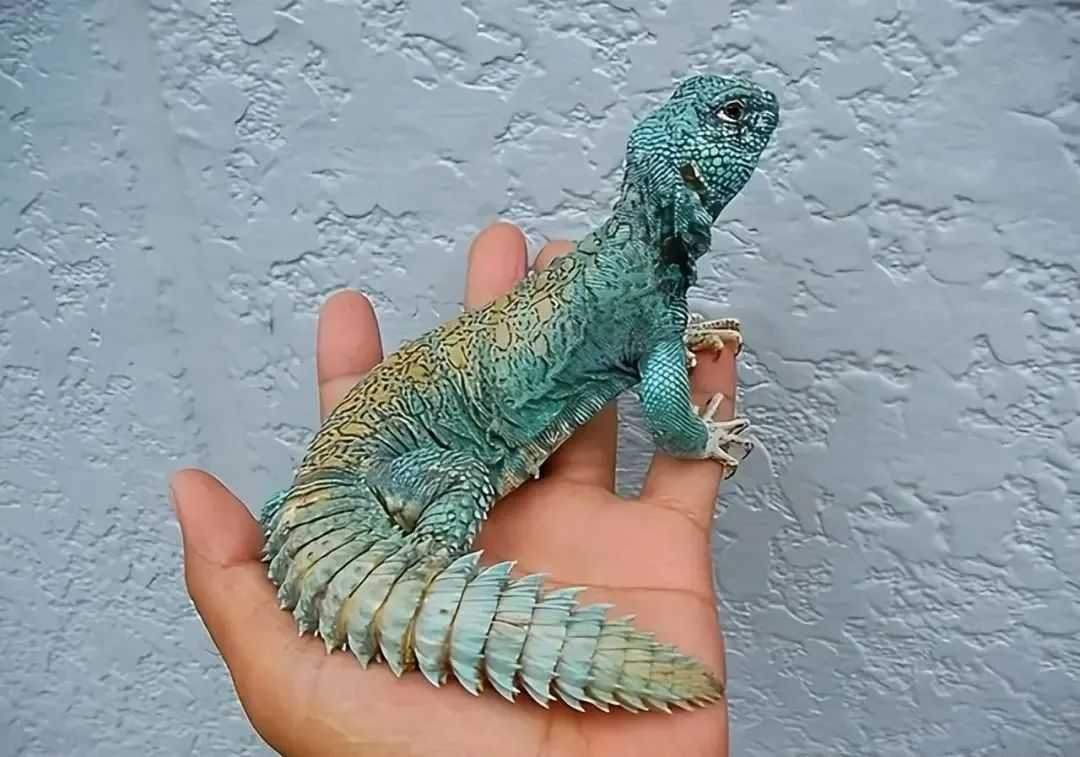The Magic Flower Mantis: A Master of Floral Camouflage
In the tropical forests of Africa, the magic flower mantis (Idolomantis diabolica) performs nature’s most elegant illusion: mimicking vibrant flowers so perfectly that even keen eyes struggle to distinguish it from real blooms. This remarkable insect, also known as the devil’s flower mantis, showcases evolution’s pinnacle of camouflage, blurring the line between predator and petal.

Source: Images from the Internet, if there is any infringement, please contact the removal of
A Living Blossom in Predatory Disguise
The mantis’ thorax and forewings unfurl into petal-like structures in soft pinks, purples, and whites, often accented by delicate veining that mirrors floral patterns. When motionless, it perches among real flowers, its legs tucked to resemble stamens, luring unsuspecting pollinators like butterflies and bees. The ruse is so convincing that even experienced entomologists have mistaken it for a bloom—until the mantis strikes with lightning-fast forelegs to seize its prey. This aggressive mimicry allows it to ambush victims while avoiding detection by birds and other predators.
The mantis’ thorax and forewings unfurl into petal-like structures in soft pinks, purples, and whites, often accented by delicate veining that mirrors floral patterns. When motionless, it perches among real flowers, its legs tucked to resemble stamens, luring unsuspecting pollinators like butterflies and bees. The ruse is so convincing that even experienced entomologists have mistaken it for a bloom—until the mantis strikes with lightning-fast forelegs to seize its prey. This aggressive mimicry allows it to ambush victims while avoiding detection by birds and other predators.
Behavior and Survival Strategies
Native to regions like Malawi and Tanzania, the magic flower mantis thrives in warm, humid environments where its floral disguise is most effective. Females, larger than males, often display bolder colors and may cannibalize mates post-mating, a trait common in mantises. While not endangered, habitat loss from deforestation threatens their survival. For nature enthusiasts, encountering this mantis is a reminder of evolution’s infinite creativity: in the game of survival, the ability to become the very thing your prey seeks can be the deadliest trick of all. As climate change alters ecosystems, the magic flower mantis stands as a living testament to the delicate balance between adaptation and extinction.
Native to regions like Malawi and Tanzania, the magic flower mantis thrives in warm, humid environments where its floral disguise is most effective. Females, larger than males, often display bolder colors and may cannibalize mates post-mating, a trait common in mantises. While not endangered, habitat loss from deforestation threatens their survival. For nature enthusiasts, encountering this mantis is a reminder of evolution’s infinite creativity: in the game of survival, the ability to become the very thing your prey seeks can be the deadliest trick of all. As climate change alters ecosystems, the magic flower mantis stands as a living testament to the delicate balance between adaptation and extinction.
-------- END --------






